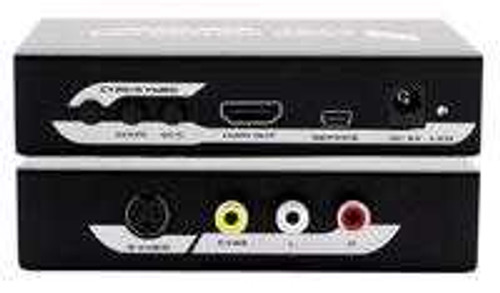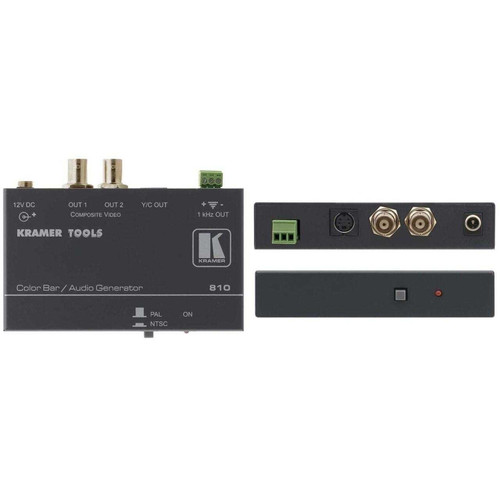Its unique low signal loss circuitry allows two-way conversion from composite to S-video.
Male S-Video to Female Composite Adapter Features:
- Bi-directional design, Female RCA to Male S-video or Male S-video to Female RCA
- Unique low signal loss miniature filtering circuitry
- Slim contoured body
Y-ground------------------+ +---------- RCA/composite ground C-ground------------------+
Y-------------------------+ +---------- RCA/composite video C------------||-----------+ capacitor
This circuit works in practice quite well even though the circuit operation is not ideal. This means that impedances and signal levels are not matched exactly right, but near enough to work acceptably. The picture quality you get from this circuit is OK but not as good as with best possible composite video output circuitry.
If you try to connect the circuit in opposite way so that you have a composite video signal which you want to feed to S-video input then you might wonder would this circuit work also in that way.
The answer is that the circuit sort of work also in this way. If you connect a composite video source to a S-video input of your TV using this circuit, you will get a full color picture on your TV screen. The downside of this is that the picture quality will be worse than if you were using the real composite video input of your TV. The reason for this is that after the circuit the color information is still in the brightness signal, you see some interference on the screen caused by color subcarrier which gets to the screen. This all means that you can use this circuit as last change in situations where you don't have a composite video input. The picture quality is degraded, but probably still usable for some not so demanding applications.
This S-Video to Composite Video Converter plugs into the 4-pin or 7-pin "s-video out" jack of your laptop/notebook/desktop/source and into the yellow video-in jack ("RCA" type jack) of your TV or other input.
Note: While this product will convert the composite RCA signal to be viewed on an S-Video input, the signal will only be as good as the original composite signal, or vice versa.












